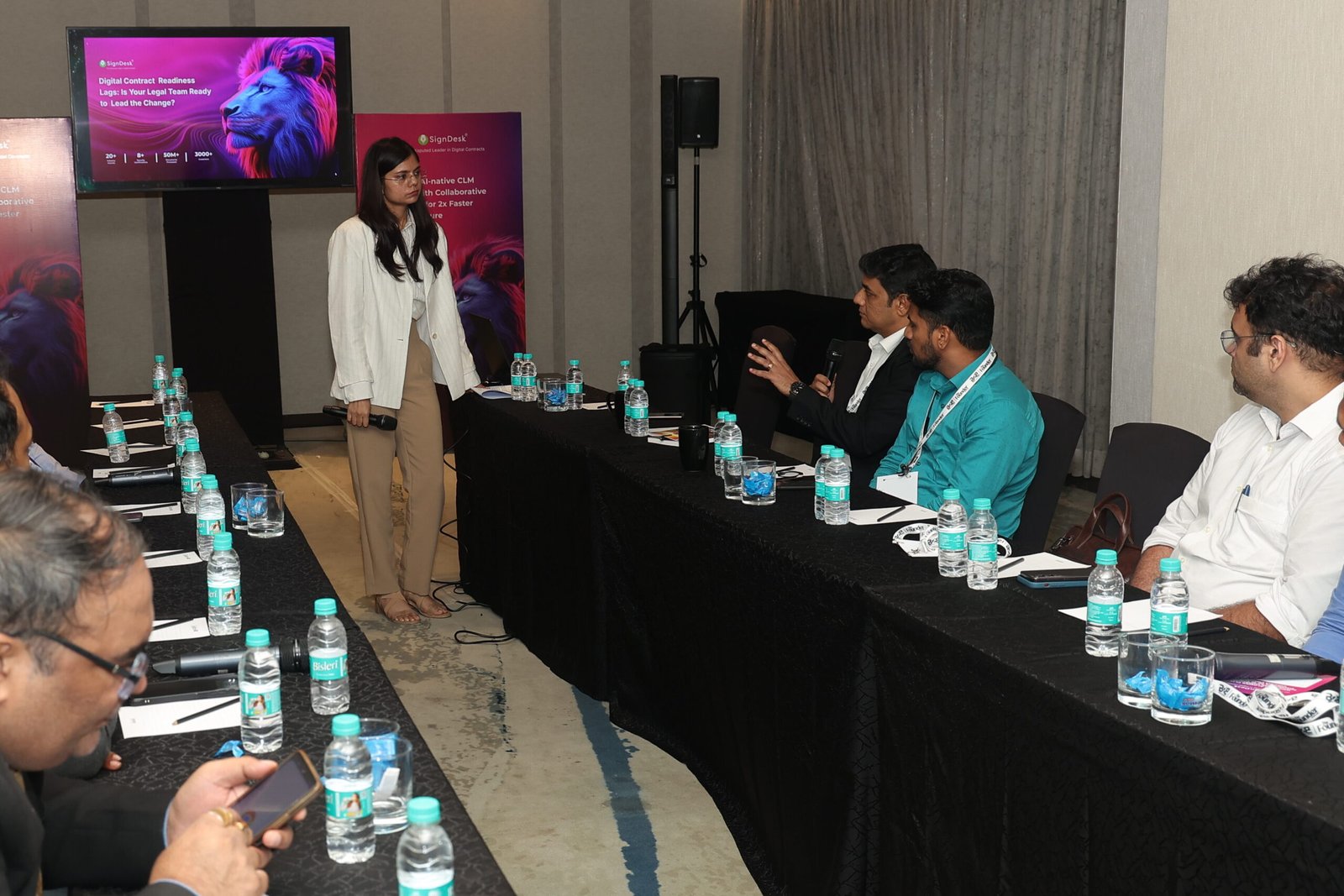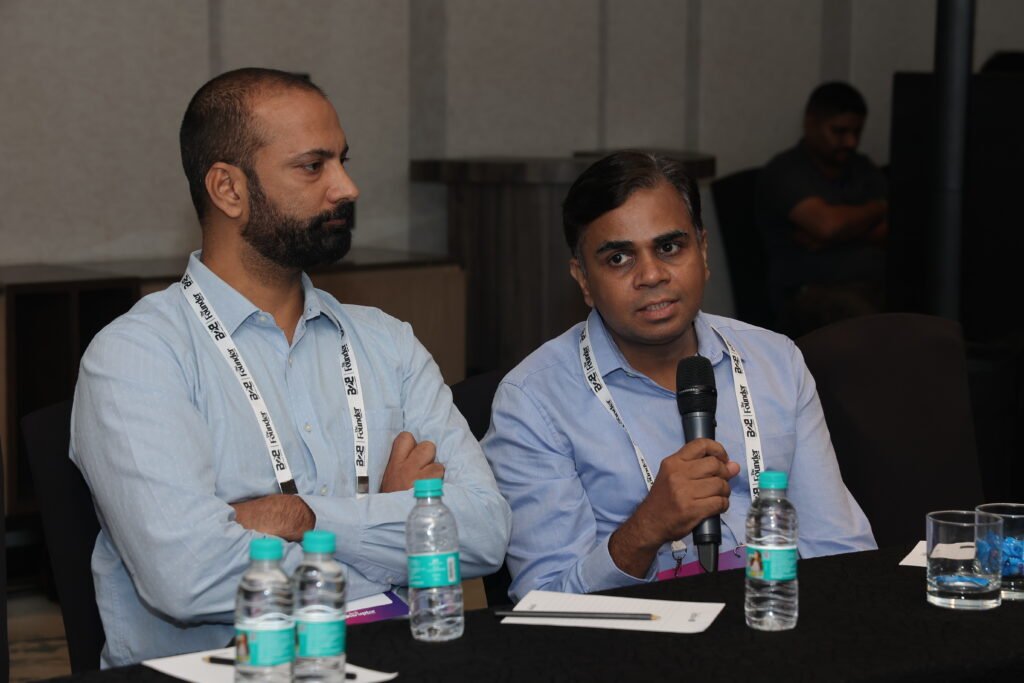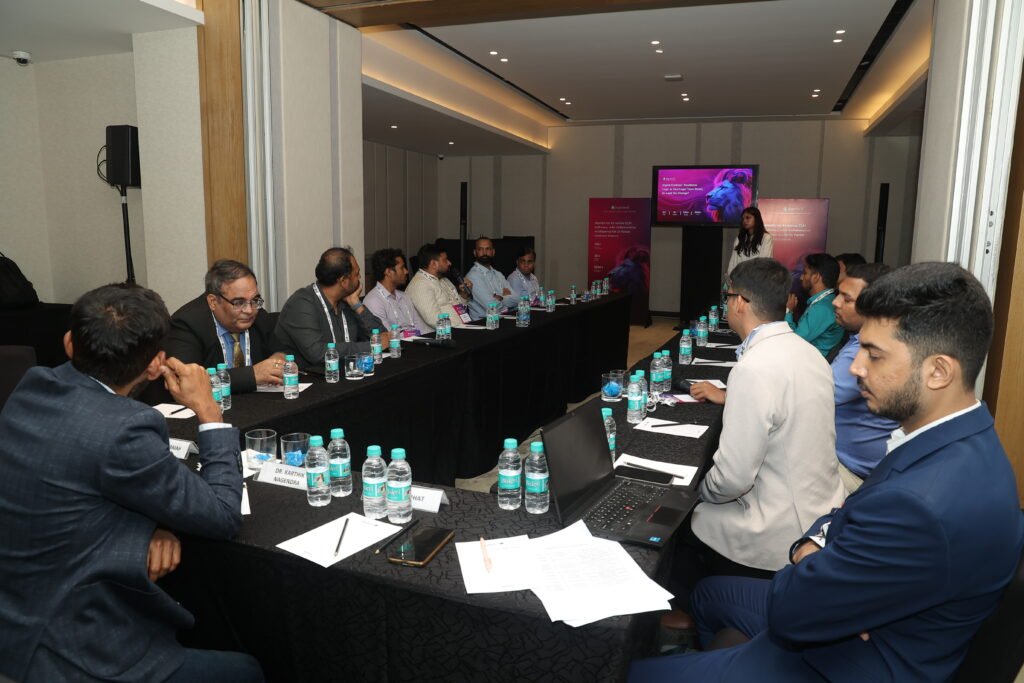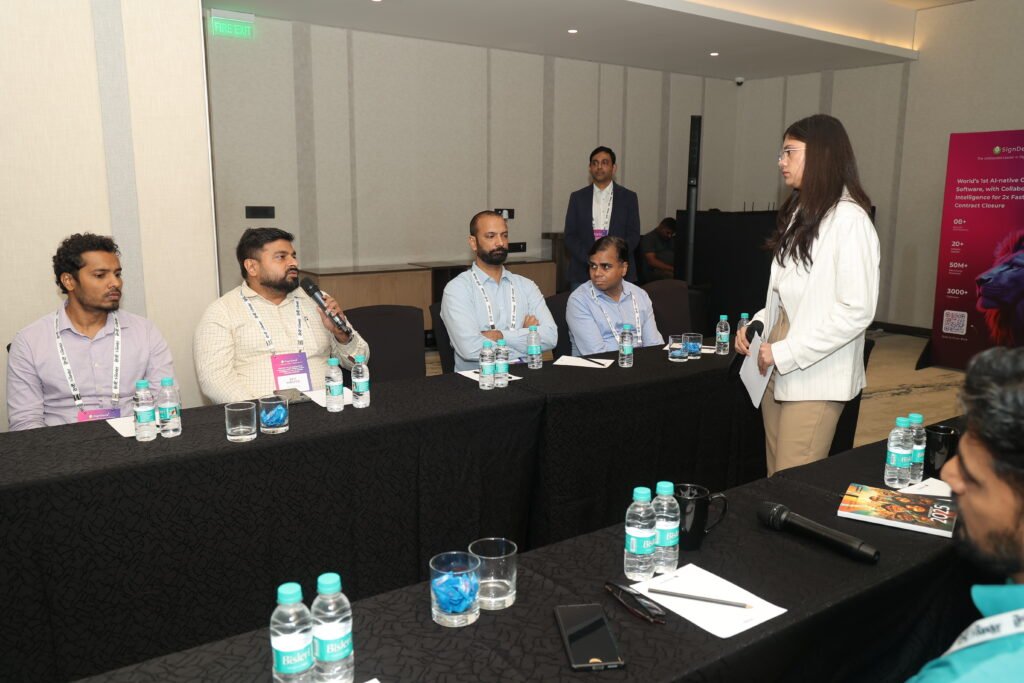
In a candid, high‑energy roundtable hosted by Tech Disruptor Media, an initiative of BNG in partnership with SignDesk in Mumbai, senior legal and business leaders gathered under the moderation of Praneeta, Senior Correspondent, Tech Disruptor Media, to dissect the contract industry’s most persistent pain points under the theme, “Digital Contract Readiness Lags – Is Your Legal Team Ready to Lead the Change.” The discussion cut past platitudes and dug into the operational reality of Contract Lifecycle Management (CLM), a reality where inefficiencies, accountability gaps, and the absence of robust technology still cost companies time, money, and, at times, reputation.

One dominant theme was the stubborn dependency on physical documentation and scattered storage. As one participant put it bluntly, “If you’re not maintaining your contracts in digital form, you face a real challenge.” Hunting down a signed contract from paper archives wasn’t just inconvenient ,it was called out as a structural risk. In an age where digital transformation is standard rhetoric, several attendees acknowledged that centralised, searchable repositories remain the exception rather than the norm. The inability to access contracts instantly was cited as a recurring operational Achilles’ heel, especially during disputes or renewal crunches.
Equally striking was the frustration over the lack of a unified, functional dashboard. Participants spoke of the daily grind of chasing expired agreements, missed payment triggers, and unsigned clauses without any system‑driven visibility. A digital cockpit that flags expiring contracts, upcoming obligations, and stalled approvals was described not as a ‘nice to have’ but as a business necessity, one directly tied to risk mitigation.

Interwoven in these operational challenges was the human factor ,the persistent gap between legal teams pushing for compliance and business units delaying decisions. “No one will read every contract every day to know what’s going on ,someone has to own it,” one attendee emphasised. This ownership, many agreed, is often loosely defined or spread too thin across departments, leaving critical obligations to slip between the cracks.
Time wastage emerged as another unambiguous drain. Leaders recounted moments where hours were squandered on manual searches and repeated follow‑ups. As one participant noted, “It should not take more than a few hours to get it done ,instead of spending eight, nine hours searching at the location.” These inefficiencies aren’t just productivity issues, they are opportunity costs in industries where contract execution speed directly influences competitiveness.

Beneath these operational irritants lay a larger truth: the contract industry ,particularly CLM in India ,is at a decisive turning point. Automation, digitisation, and analytics‑backed dashboards are no longer innovations; they are baseline expectations. Yet technology alone won’t close the gap, it must be paired with clear accountability structures and cultural alignment between business and legal teams. Without these, even the most sophisticated CLM platforms risk underdelivering. As one voice warned, “Face value works ,but if anything goes wrong, the legal implications land on you.”
The global contract management software market in 2025 is valued at approximately USD 3.36 billion, growing at a healthy ~12% CAGR as digital transformation and compliance needs fuel adoption. Yet, 71% of companies still can’t locate at least 10% of their active contracts, an inefficiency that directly correlates to lost revenue and heightened legal risk.

AI‑powered CLM is steadily gaining traction, 30% of organisations now integrate AI into their contracting processes, improving accuracy by over 30% and accelerating review and compliance workflows. Popular capabilities include contract summarisation, real‑time risk monitoring, and automated drafting. However, organisational bottlenecks such as fragmented repositories and unclear ownership between legal and business units remain persistent drag factors.
Efficiency gains from modern CLM adoption are notable, administrative costs can be reduced by up to 30%, and cycle times significantly shortened, positioning contract management as a strategic, revenue‑impacting function rather than a back‑office chore.
This roundtable reinforced that the frontiers of effective contract management are now defined by speed, visibility, and intelligence as much as legal rigour. Leaders who embrace advanced digital tools, AI‑backed insight, and clearly owned processes stand to transform CLM from an operational afterthought into a competitive advantage in 2025’s high‑velocity business landscape.




